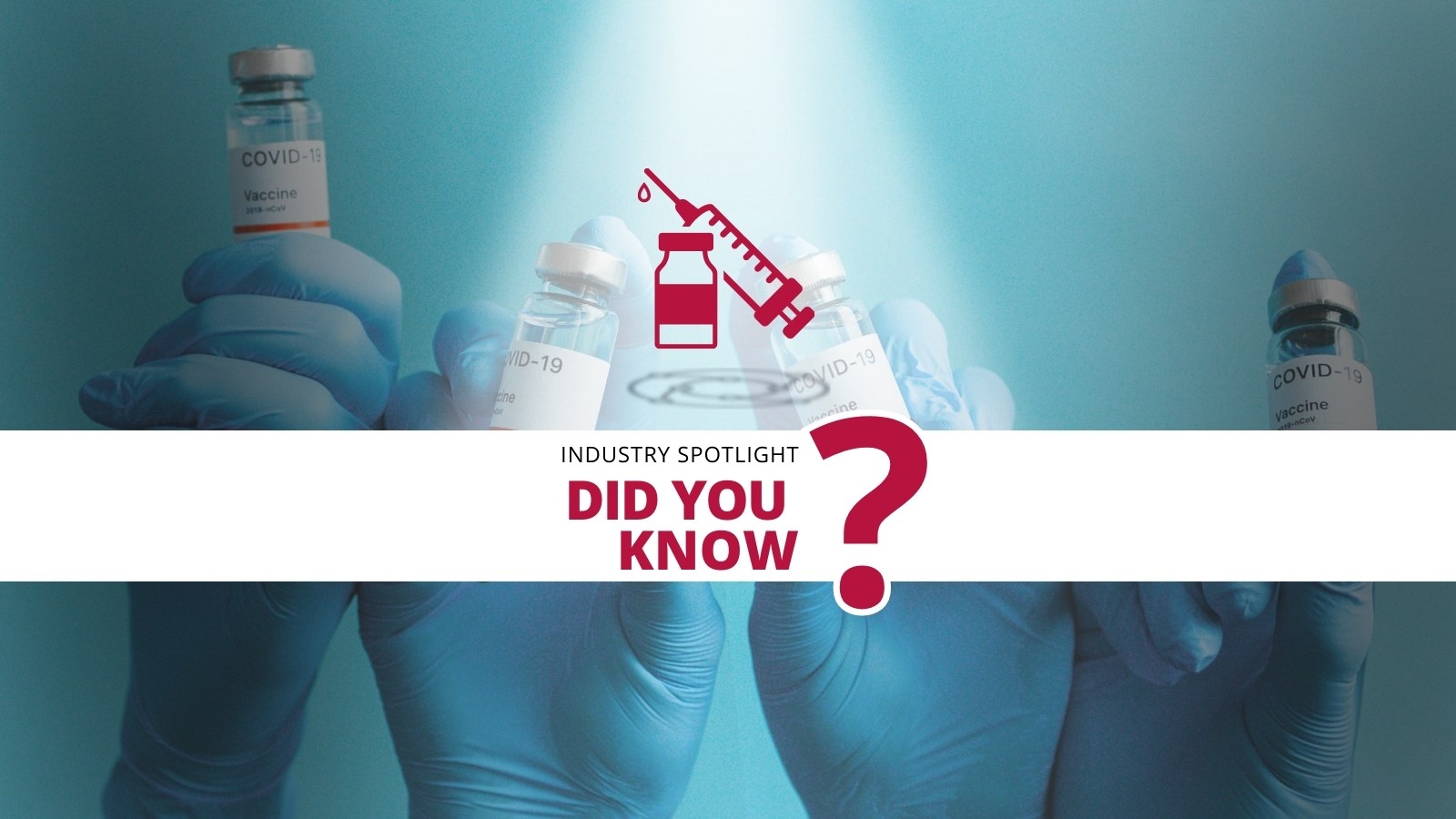How Will Commercialisation Impact COVID-19 Vaccine Prices in the US?

The COVID-19 pandemic has been one of the most challenging public health crises in modern history, and vaccines have played a critical role in controlling its spread. The US federal government invested over $30 billion in COVID-19 vaccines, ensuring access for the American population. However, as the vaccines transition to the commercial market, the cost landscape is expected to change significantly, leading to the question: how will commercialisation impact COVID-19 vaccine prices in the US in the coming years?
How will Pfizer and Moderna’s vaccines entering the commercial market influence their potential cost?
The Rising Cost of COVID-19 Vaccines
The federal government has purchased 1.2 billion doses of Pfizer and Moderna COVID-19 vaccines combined at a weighted average purchase price of $20.69 per dose. However, the cost per dose has generally increased over time, especially for the most recent bivalent boosters. The most recent purchase of bivalent boosters resulted in a 56% increase in the price per dose for Pfizer and a 73% increase for Moderna. This upward trend in vaccine prices indicates that costs are likely to rise further as vaccines enter the commercial market.
Estimating the Potential Total Cost
Pfizer and Moderna have suggested commercial vaccine prices that are three to four times higher than the pre-purchased federal price for the bivalent booster. If all adults were to receive vaccines at the announced expected commercial prices, it could cost between $28.4 billion and $33.5 billion for a one-year period. Even under lower vaccine uptake scenarios, the total cost to purchase COVID-19 vaccines at commercial prices would still exceed the cost of federal bivalent booster purchases.
- In Vivo Model Design and Assay Selection to Aid in Progression from Preclinical to Clinical
- MIT Team Create AI-Generated Universal COVID Vaccine
- The EMA’s Vaccines Working Party: The New Authority on Vaccines
Impact on Public and Private Payers
Most individuals with health insurance will still have access to free COVID-19 vaccines, including boosters, even after the federally purchased supplies are depleted. However, these costs will be borne by both public and private vaccine payers. The cost estimates provided in the article only account for the vaccine doses themselves, and there will be additional costs for vaccine administration and physician visit fees.
Concerns for the Uninsured and Underinsured
The commercial price for COVID-19 vaccines is significantly higher than the price for the annual flu vaccine. This could discourage vaccination among the uninsured and underinsured, as they lack guaranteed access to free COVID-19 vaccines once federal supplies are depleted. Providing enough vaccines for the uninsured at commercial prices would cost between $2.6 billion and $3 billion for a one-year period, while the cost at the average federal price paid for the bivalent booster would be $677 million.
Looking Ahead
While COVID-19 vaccination is likely to remain cost-effective compared to not vaccinating, the transition to the commercial market will result in higher costs per dose. The actual price for future doses remains uncertain and will depend on various factors, including the number of people opting for vaccination, booster uptake rates, and the emergence of new variants. Insurers and public programs may face challenges negotiating prices since they are required to cover all ACIP-recommended COVID vaccines with no patient out-of-pocket cost. Future supply issues could also impact vaccine prices as well as availability in the US.
Join Oxford Global’s Vaccines Europe 2023 event today. This 2-day meeting is scheduled for 14-15 September, and will delve into the latest in vaccine research, platform technologies, development and manufacturing
Based in Berlin, the event will serve as a meeting place for experts working within cutting-edge vaccine research & development. Download the agenda or register today to join prominent leaders and scientists as they share new case studies, innovative data, and exciting industry outlooks.







